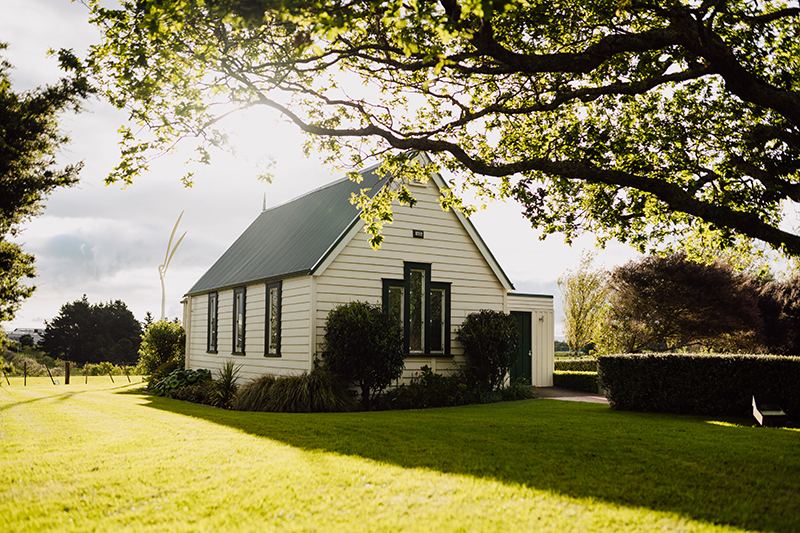Abbeville Homestead & Barn
Marmaduke George Nixon (Colonial) purchased allotments 60 – 63, Parish of Manurewa, comprising 469 acres of land on the eastern side of what is now George Bolt Memorial Drive. He moved onto the property soon after arriving in New Zealand in 1852. Here on Nixon Road he established his homestead, initially known as “Homewood”, with the barn constructed in 1853 and the house in 1854. The home and barn remain relatively as they were with additions to the home only recorded in the 1960’s. Nixon sold a parcel of land in 1854 to William Westney who donated some of this land for the construction of a Methodist Church. A later owner of “Homewood”, Maria Jane Roussel – Cossey who owned the property between 1939 – 1960, changed the property’s name to Abbeville. It is our understanding that Abbeville Estate is the only intact pre 1860 historic farm complex of this type remaining in the Auckland region.


Colonel Nixon was commander of the Colonial Defence Force and Royal Cavalry volunteers. He died at Abbeville Estate on the 27th of May 1864 from wounds received three months earlier at the Battle of Rangiaowhia, during the Land Wars. He is commemorated by one of New Zealand’s oldest war memorials located at the Southern end of Otahuhu Shopping Centre.
Several years later more European families took up land in this area which they referred to as “Taotaoraa”. These families included John and Anna Gibson, Joseph and Catherine Vercoe , the Cooper, Shepherd and Westney families. It was William Westney who purchased land from Colonel Nixon and built a Farmhouse on this 60ha property north of the junction of George Bolt Memorial Drive in 1854, and who donated land for the construction of the adjacent Methodist Church (1856) and cemetery.
Westney Homestead
William Westney and Sarah Westney (nee Nichols) and their son Jabez arrived in New Zealand on the Sydney in 1844. William was aged 30, Sarah was 33, and their son Jabez was aged 3. It’s thought that they came from Sheffield in Yorkshire, where William was a farmer or a farm worker before emigrating.
On their arrival in New Zealand the Westneys settled at Remuera and moved to Mangere in 1854. Nixon sold allotment 60 (62 acres) to Willam Westney in February 1854. The Westney family lived in a house thatched with rushes or raupo until the timber house was built in 1855.
Three generations of the family lived in the house until William Snr died in D1cember 1900 at the age of 87 after a short illness. However, the family continued live on the farm until 1936. William Westney was an integral in the establishment of the Westney Methodist Church, transferred the land at the corner of Westney Road & Ihumatao Road to the Church in 1876.

Westney Church
The Westney Road Methodist Church was built in 1856 on Allotment 60 of the Parish of Manurewa, and owned by William Westney Snr who later gifted the land at the corner of Westney Road & Ihumatao Road in 1876. The first known burial, Jane cooper, was in July 1862.
No burial records are known to exist and a count of individual headstones identified 65 burials with the last being in 1996.
In 2006 following consultation with the community and following the wishes of the descendants of the graves were re-sited, many to Mangere Lawn Cemetery or elsewhere. The names of those buried are recorded on a memorial inside the restored church



